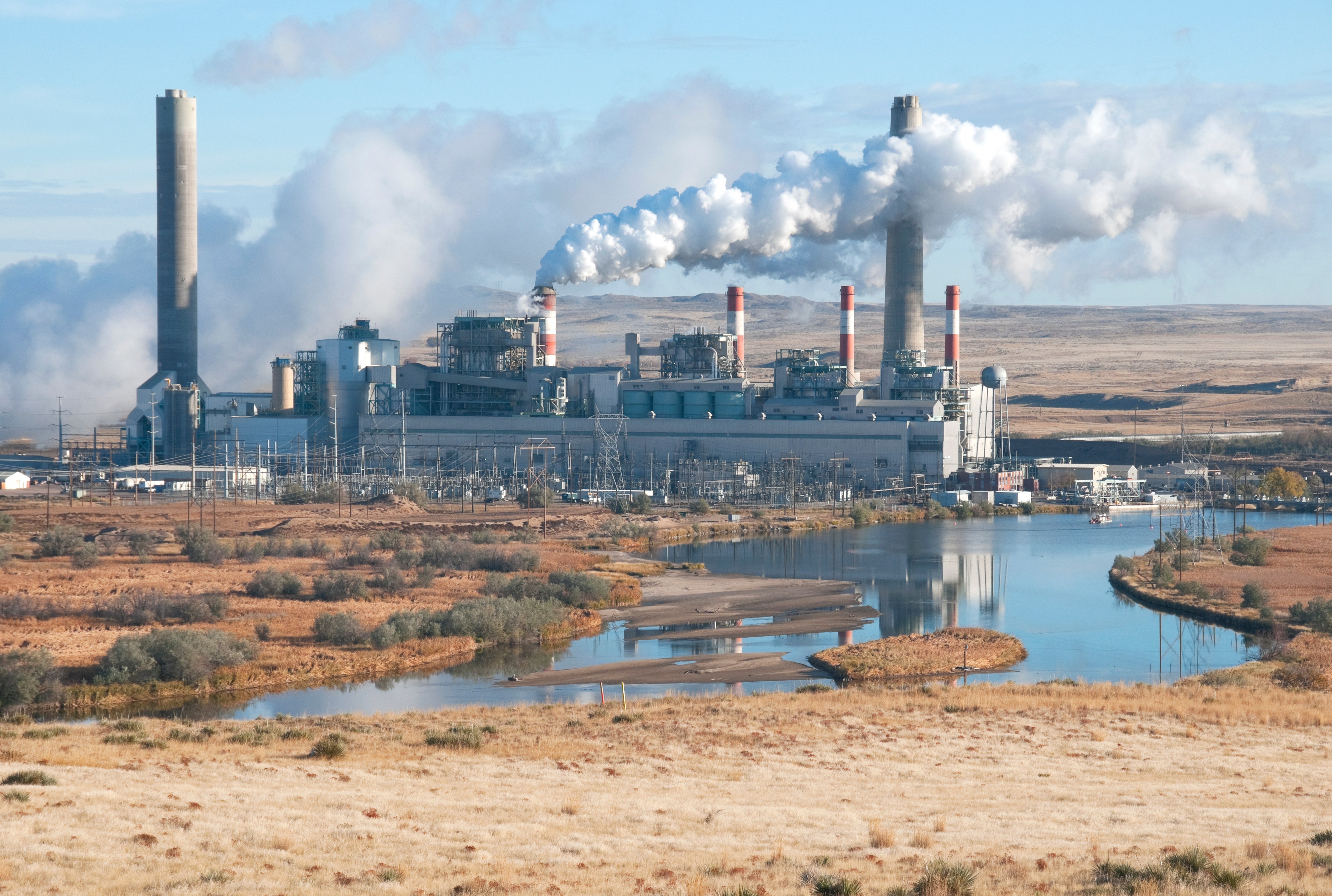As Wildfires Rage, California’s Insurance Market Is in Crisis
California is in the middle of a wildfire crisis. Nine of the 10 largest fires in the state’s history have occurred in the past seven years, as have 13 of the 20 most destructive. Just this past month, Southern California has seen three of the most severe fires in recent memory, while it recently took firefighters more than two months to contain the fourth-largest fire in the state’s history. All told, since 2017 wildfires have caused over $30 billion of damage across the state.
Alongside this crisis, Californians are dealing with a related crisis closer to home: many are finding it harder and harder to obtain homeowner’s insurance. In recent years, Allstate has stopped taking on new customers and increased rates for existing ones. Liberty Mutual has raised rates and has also not renewed the policies of 17,000 long-term customers since last fall. Rates are also up at California’s largest insurer, State Farm, and it, too, has chosen to stop writing new policies—as well as choosing not to renew 72,000 customers’ policies earlier this year.
The situation has gotten so dire that multiple counties have asked state officials to declare a state of emergency over the difficulty of obtaining home insurance. The First Street Foundation, a US nonprofit that studies the financial stakes of climate risks, has even labeled some parts of California as “essentially ‘uninsurable.’”
“Homeowners in high-risk areas are already in crisis, and the problem is spreading,” says David Russell, a professor in insurance and finance at California State University, Northridge.
Doug Gaylord and his wife own a home in Nevada County, about an hour outside of Sacramento. Their insurance policy was not renewed by State Farm this summer.
“We got a letter at the end of April saying we’d be dropped on July 6th,” Gaylord says. In that letter, which has been seen by WIRED, State Farm said that “policies that present the most substantial wildfire or fire following earthquake hazards, or are in areas of significant concentration, are no longer eligible.”
The Gaylords had been with State Farm for over 20 years and were left scrambling to find a new homeowner’s insurance plan. With few other options, they were forced to go on the California FAIR Plan—the state-backed insurance plan of last resort—for their fire insurance and use other providers for the rest of their coverage. They are now paying around $7,500 for everything their State Farm policy used to cover: about twice as much as they were paying last year. “Nobody’s offering coverage up here anymore,” Gaylord says.
Suzanne Romaine faced a similar problem with a home her family owns in Siskiyou County on California’s northern border. Their insurance policy was not renewed by State Farm earlier this year.
“My whole family has been with State Farm for maybe 75 years. They sent us a letter in July saying that they would keep us if they could, but had no choice and were canceling in August,” Romaine says. Simultaneously, there was a large fire burning that threatened the Scott Valley area, where her home is. It has since been extinguished. Her family is now also paying substantially more for insurance than they were last year.
In response to questions from WIRED about changes to State Farm’s coverage, Sevag A. Sarkissian, the company’s spokesperson for California, highlighted previous statements the insurer has made about ceasing new business and its decision not to renew some policies. “Rate changes are driven by increased costs and risk and are necessary for State Farm General to deliver on the promises the Company makes every day to its customers,” Sarkissian says.
“While we paused the sale of new homeowners insurance policies in California in 2022, we continue to offer coverage to most existing homeowners insurance customers,” Allstate spokesperson Teny Josephbek said in a statement to WIRED. Increased costs also explain Allstate’s rate increases, he says. “Higher home values and repair costs coupled with more frequent, severe weather lead to higher payments to help customers recover, so we need to adjust rates to better reflect the cost of protecting our customers.”
Liberty Mutual did not respond to a request for comment.
Fires are indeed becoming more costly. Climate change is producing conditions that make wildfires more severe and the wildfire season longer, says Char Miller, a professor of environmental analysis at Pomona College in California and an expert on wildfires in the US West—a view that’s backed up by recent studies from the National Oceanic and Atmospheric Administration.
“The drying out of the US Southwest since 1980 has created so much kindling that too many landscapes are ready to explode,” Miller says. Once a fire starts, he adds, these days it can quickly become uncontainable. “The planet is warming rapidly, which increases the desiccation of vegetation and establishes near impossible conditions in which to fight fire.”
Forest management in California—including a misplaced focus on fire suppression for more than a century—has also been responsible for the negative trend in wildfire activity, as it’s allowed burnable materials to build up in the state’s wild landscapes. Some degree of burning is actually good for California’s wild areas, as it keeps levels of flammable materials down.
Californians have also been moving to riskier, more fire-prone areas, in what is known as the wildland–urban interface, or WUI. These are spaces where human development meets undeveloped wildland that, because of fire suppression, are stocked with vegetation that’s ready to burn.
“You have people pushing out into areas where they weren’t,” says Russell. “People looking for the American Dream are moving further and further out from LA and San Francisco—where land is cheaper, but it’s also drier and a bit more exposed,” he says.
Given all these factors, it’s no surprise that the estimated number of structures to be destroyed by wildfire each year is set to double over the next three decades.
But fires and migration patterns alone haven’t caused insurers to restrict their offerings, says Russell. He believes the biggest contributor to the crisis is likely the state’s own policies and regulations surrounding fire insurance.
Back in 1988, voters in California narrowly passed a ballot measure known as Proposition 103, which gave California’s Department of Insurance the right to suppress insurance rates that it deemed excessive, and required insurers to have any rate increases approved before these could be passed on to customers. This was designed to protect consumers, but as the state has been hit by more destructive fires, this power to keep costs down has ended up pushing the insurance sector down an unsustainable path.
“If you suppress rates and try to tell companies that they can only charge X, and they start losing money, eventually they are going to say: ‘I’m going to be super picky at that artificially low premium,’ or ‘We’re not going to write anybody, and will come back when things get reasonable,’” says Russell. “And that’s what you’ve seen with State Farm.”
On top of these regulations, recent economic constraints like inflation and higher costs in the reinsurance market have also hit insurance companies doing business in California. “Companies are prepared for 2 to 3 percent inflation. They’re not prepared for 8 percent,” says Russell.
The good news is that California is making major reforms to its insurance regulations for the first time in over 30 years, which include allowing insurance companies to use wildfire risk models that allow for future projections—previous models could only draw on past data—and creating a public risk model that will help hold private models accountable. These steps, the state says, should make the pricing of insurance more accurate, in part by allowing for measures to prevent and mitigate future fires to be priced in. The state is also approving rate increases more quickly—a move that should get some insurers to return to the state’s market. “There are changes afoot that could bring insurance supply back to the market. This cannot happen fast enough,” says Russell.
“There are three things needed for insurers to be able to offer home insurance policies to more Californians,” says Allstate’s Josephbek. “The ability to obtain timely rate approvals that fully reflect the cost of providing protection to customers; the use of advanced wildfire modeling; and the ability for insurance prices to account for reinsurance costs.”
On the other hand, one only has to look at places like parts of Florida, Louisiana, North Carolina, or parts of Australia, to realize climate change will likely result in some places becoming truly uninsurable. So long as climate change and habitation patterns continue to ratchet up the risk for people living in California, there will always be the threat of insurance being unprofitable for the private sector and it choosing to withdraw.
Russell points to a 2023 report from First Street that comes to this exact conclusion: “The overreliance of property owners on state-run insurers of last resort is a big flashing sign that standard practices in the insurance market cannot keep up with our current climate reality,” said Matthew Eby, founder and CEO of First Street Foundation. “We are rapidly moving to a place where the cost of insurance will make the most at-risk homes effectively uninsurable.”
For homeowners like the Gaylords, this reality might leave them with no option other than moving. “I love the community. It’s a great place,” Doug Gaylord says of their neighborhood in Northern California. “But if we can’t be secure, then we can’t be secure.”




